From pv magazine, September 2019
As India inches closer to achieving its “175 GW by 2022” renewable energy target, it needs to address the challenge of integrating renewables into its electricity network. Deploying energy storage into grids can provide the flexibility to discharge power when it’s needed and absorb excess power in periods of oversupply. Energy storage can also provide ancillary services to the grid, like improving grid stability and providing reserve capacity.
Another big push for energy storage systems is coming from the transition to electric vehicles (EVs). A joint report by NITI Aayog and the Rocky Mountain Institute (RMI) forecasts battery demand for EVs in India to be much higher than for grid support. While total storage demand for grid support purposes is forecast to reach 17 GWh by 2022, up to 40 GWh of demand is expected for e-mobility, with a total from all sectors of 178.5 GWh.
The report expects India’s cumulative storage demand to surpass 2,700 GWh by 2032, which makes a strong case for the country to set up gigawatt-scale battery manufacturing, and doing so fast. The government has already sprung into action to encourage the construction of lithium-ion battery “gigafactories” in India. In addition to prioritizing heavy investment into such fabs, it has addressed key raw material supply issues by reducing custom duties on cobalt – a critical raw material for the production of advanced lithium-ion batteries. Duties were reduced from 5% to 2.5%.
Furthermore, National Aluminium Co. Ltd. (NALCO), Hindustan Copper Ltd. (HCL) and Mineral Exploration Corp. Ltd. (MECL) – the three government-owned enterprises under the Ministry of Mines – have formed a joint venture company to secure strategic minerals for the domestic battery manufacturing industry.
Business case
According to Sterlite Power Transmission, which submitted bids for two utility-scale battery storage projects in the United States earlier this year, the business case for grid-scale energy storage arises from the basic need to balance generation with demand. And this need for balancing comes not only from renewable energy production, but also from increasing unpredictability on the demand side, as is shown in that high Deviation Settlement Mechanism (DSM) costs are borne by distribution companies. These needs manifest into a business case based on revenues/benefits from peak-shifting, DSM savings, transmission and distribution deferral, and ancillary services such as frequency regulation and voltage support.
Specifically pertaining to peak shifting or balancing, the use of coal-fired plants for balancing renewables has its own costs. According to a recent analysis by the Central Electricity Authority of India (CEA), when the share of renewables on the grid exceeds 175 GW, coal plants will need to ramp down to below 30% of capacity at certain times of the year.
Existing coal plants can be retrofitted to bring down the technical minimum from 55% to 40%, but not lower, according to the CEA. However, even this requires capital upgrades and increases operating costs. The cost increase is even more dramatic when you consider the daily start-stop operations required to accommodate high solar generation in the afternoon at certain times of the year. Such daily start-stop or “two-shift” operations increase the cost of generation by INR 6.3 ($0.088) per unit – over and above the existing fixed costs and variable cost per unit of the plant.
While the increased cost of using coal can be quantified, little attention has been paid to the environmental cost. This is significant, as emissions from coal plants – already the worst of all generators – continue to worsen when the capacity factor is reduced. There would be a certain degree of irony in increasing overall emissions in order to integrate a larger share of clean, renewable generators.
Declining prices
There are many different energy storage technologies that can assist in strengthening the grid. These include pumped hydro, flywheels, supercapacitors, compressed air storage, thermal energy storage and batteries. Due to their fast response times – as well as the significant price reductions that have been achieved from the rapid ramp-up of manufacturing scale and the fast pace of technological development – batteries are quickly rising to the fore.
Sterlite Power Transmission reports that battery prices have fallen by 70% over the last six years. Fully installed system costs are as low as INR 40 million/MW ($560,000) for four-hour duration storage systems to be commissioned in 2027 and INR 55 million/MW for systems scheduled for commissioning in 2023.
At these rates, batteries are already cost-competitive with pumped storage systems, which is a mature technology, with costs that are, by contrast, rising with inflation.
Current barriers
According to the NITI Aayog-RMI report, grid-scale energy storage installations in India are mostly pumped hydro storage plants, with a current capacity of 4.8 GW. Deployment of large-scale battery energy storage projects in India started in 2017 with state-owned utility Power Grid Corp. of India installing its first pilot projects for frequency regulation, although other use cases can also be served. Most of the upcoming energy storage projects in India are planned in the Andaman and Nicobar Islands, to reduce their dependency on diesel use.
A lack of suitable policies is one of the many factors that have constrained the growth of grid-level energy storage in India thus far. “A few projects have been demonstrated at Pondicherry and Delhi for frequency response and peak management,” says Debi Prasad Dash, executive director of the India Energy Storage Alliance (IESA). “Unreliable announcements by various tender authorities are further impeding the growth of this market.”
There is a pressing need to leapfrog from the technology demonstration stage straight to large-scale implementation, according to Dash.
“Various state utilities are still under [the] evaluation stage and are willing to create a technology demonstration project for energy storage, where we see India should leapfrog from technology demonstration to large-scale implementation,” he said.
Sterlite Power Transmission has also highlighted the need for improvements in regulatory policy. “We desperately need a market for ancillary services and real-time energy,” the company said. “[The] Central Electricity Regulatory Commission has come up with certain suggestions regarding the same, but these need to be implemented. Besides wholesale market rules, retail rules will also need to be updated, especially as residential, commercial and industrial interest grows.”
As lithium-ion cell manufacturing is almost nonexistent in India, the country still lacks the skills and experienced workforce needed to develop such systems at scale.
“Energy storage is in a nascent stage in India, due to which skilled and experienced personnel are not easily available,” says Rashi Gupta, the founder of lithium-ion battery manufacturer Vision Mechatronics. “Grid-scale energy storage has very high upfront costs and an absence of subsidized funding also acts as a barrier for energy storage. The monetary quantification of benefits offered by grid-scale storage is yet to determined, which adds to the dilemma.”
This problem is currently compounded by the limited number of players that are operating in the space.
Unique opportunities
According to Gupta, this growing industrial segment presents a unique opportunity for micro-, small- and medium-sized enterprises, as well as large conglomerates, to take up lithium-ion cell and power electronics manufacturing. “Dependence on Li-ion cell imports may create a similar pathway [to what we saw in the] solar and semiconductor industries,” he explains. “Indian companies should diversify to the manufacturing of cells, as well as power electronics such as battery management systems, battery charging systems and controllers.”
IESA expects lithium-ion production facilities ranging from 2 GW to 5 GW in size to be established in India over the next two to three years.
The Ministry of Heavy Industries and NITI Aayog are working closely on creating an energy storage manufacturing ecosystem in India. Under its National Mission on Transformative Mobility and Battery Storage program, NITI Aayog plans to incentivize homegrown production of advanced energy storage products. Various state governments – including Andhra Pradesh, Telangana, Karnataka, Maharashtra, Uttar Pradesh, Madhya Pradesh and Gujarat – are also creating state-level policies to incentivize storage manufacturing with dedicated clusters and incentives such as local tax exemptions, low electricity tariffs, and suitable transport connectivity.
However, while India gears up for lithium-ion battery manufacturing, the central government is also being encouraged to support research on new technologies such as solid-state batteries, flow batteries and compressed-air storage, in order to avoid a supply crunch for lithium. It plans to import the primary raw material from South America’s “Lithium Triangle” spanning Chile, Argentina and Bolivia, along with Australia.
This content is protected by copyright and may not be reused. If you want to cooperate with us and would like to reuse some of our content, please contact: editors@pv-magazine.com.
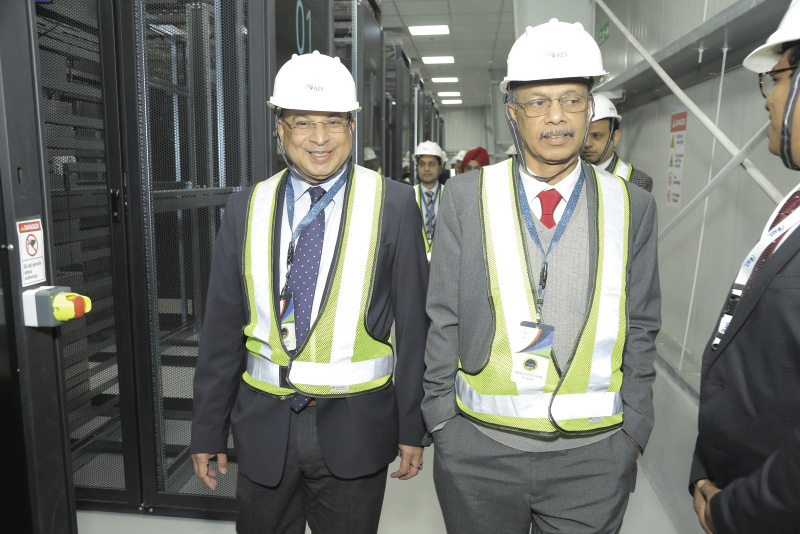
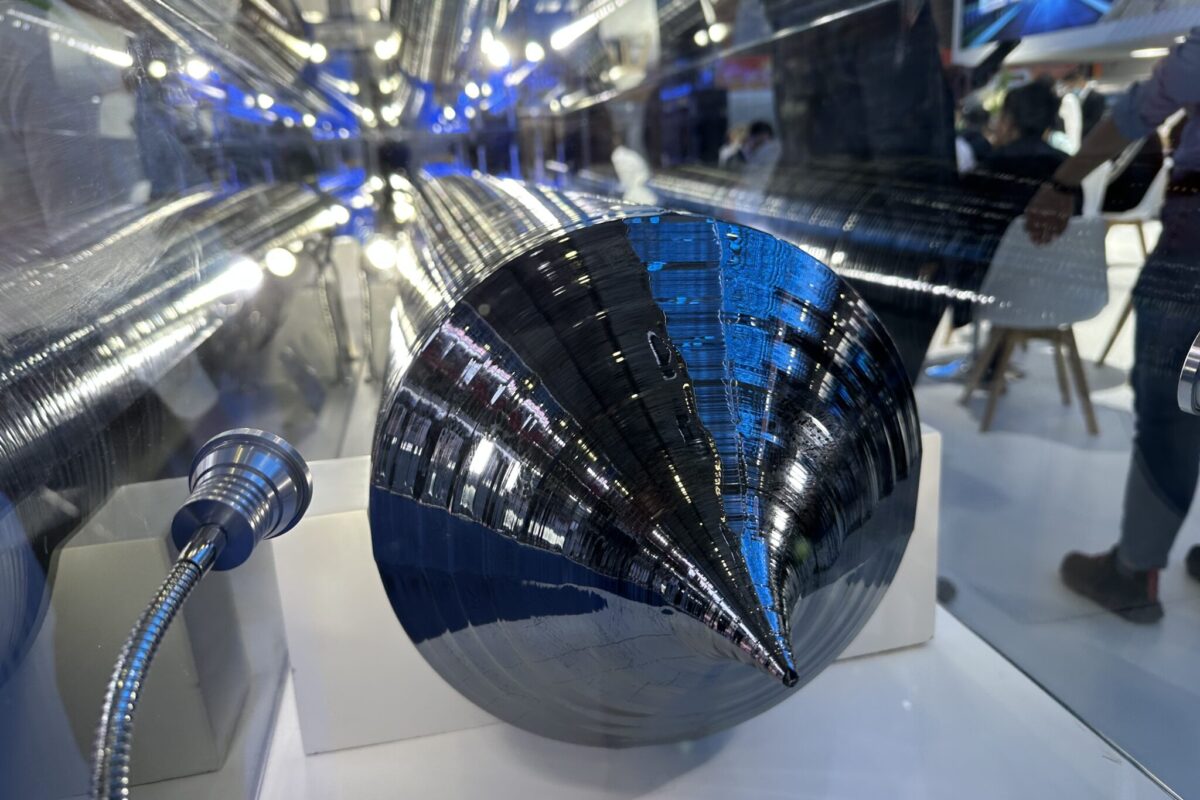



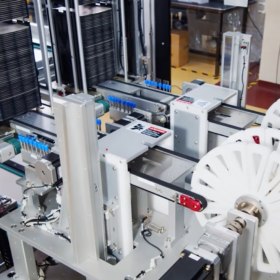

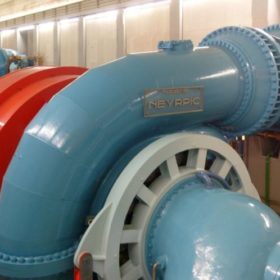
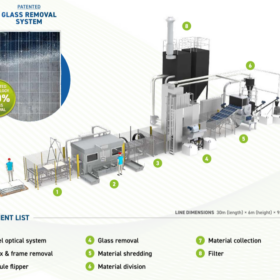
The article is very precise and worth mentioning.